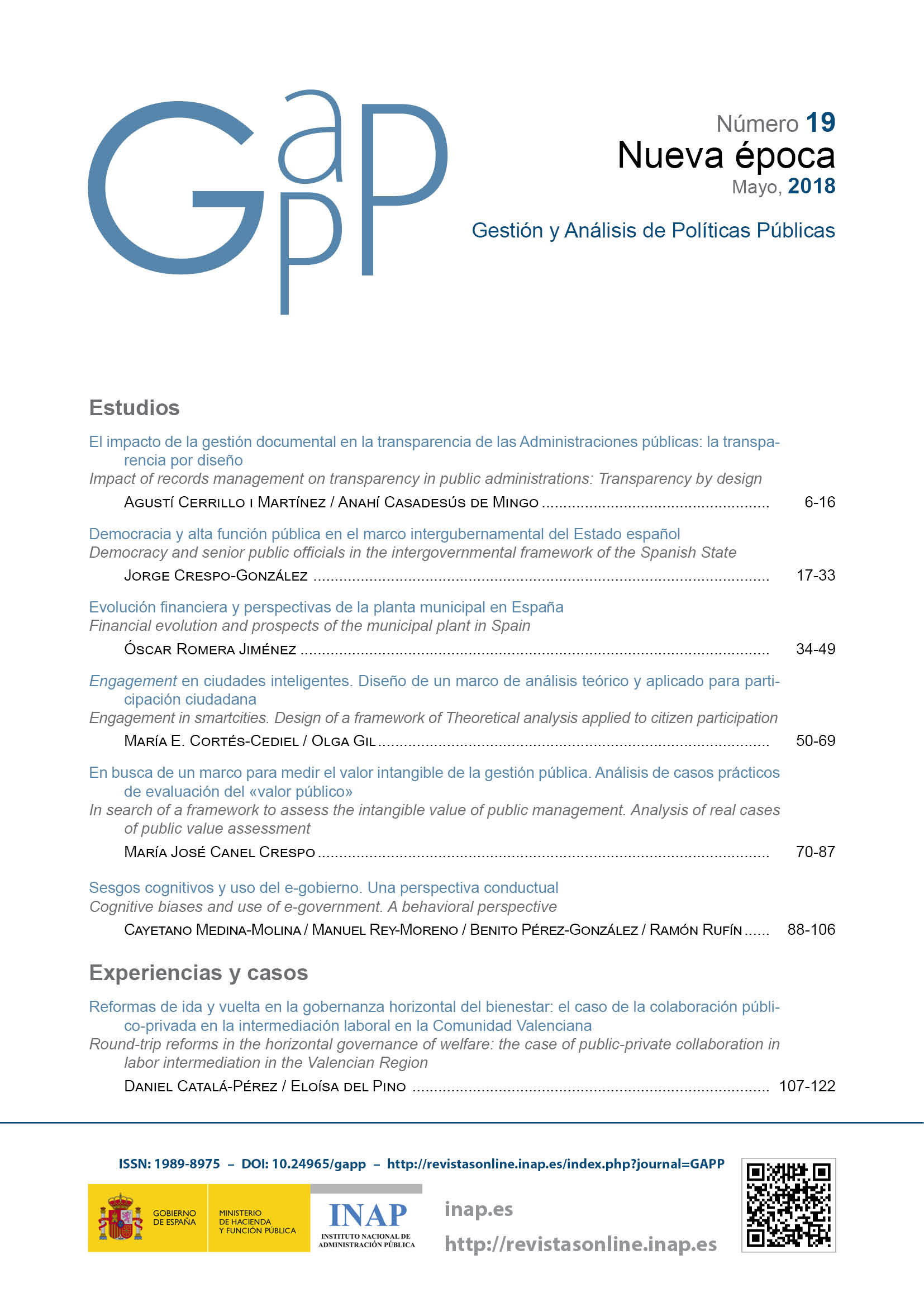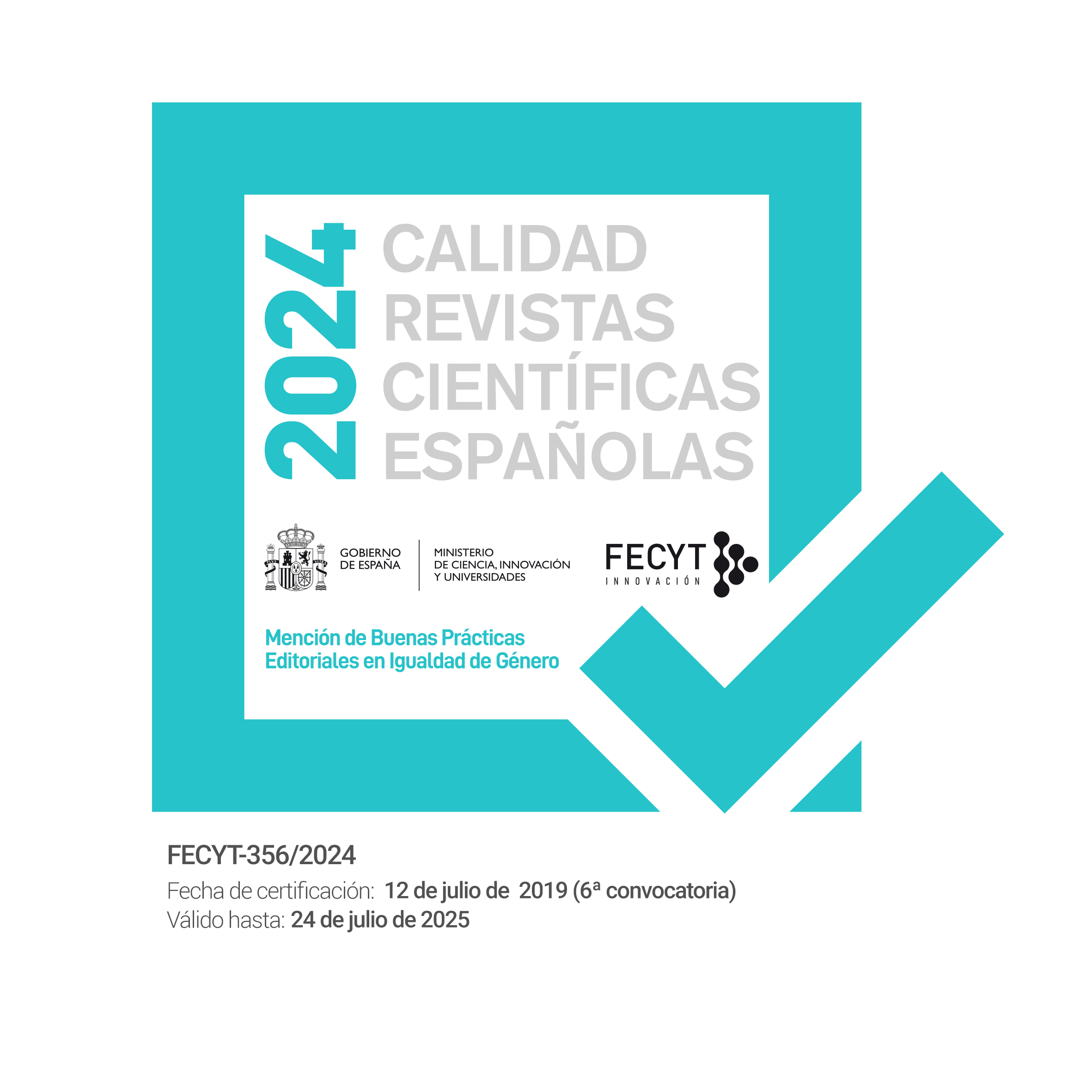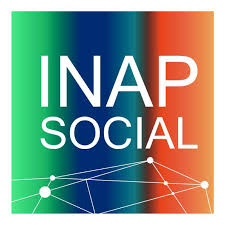In search of a framework to assess the intangible value of public management. Analysis of real cases of public value assessment
DOI:
https://doi.org/10.24965/gapp.v0i19.10446Keywords:
Public Administration communication, intangible asset, communication evaluation, public value, communication impactAbstract
What does public sector management provide to society and how can it be measured? This article aims at identifying what a public leader should take into account in order to plan an ad hoc assessment of the intangible public value of public management. Methodology combines theory analysis with empirical observations. Conceptual relations are explored in the literature of assessment and evaluation in public relations and corporate communication, public sector intangible assets, and the stream of studies titled Public Value, in order to elaborate the criteria to analyze practical cases of public value creation in public administrations. The analysis reveals that assessing public management with the approach of intangible public value implies looking at both organizational behavior as well as at the society’s feedback; it also enables calibrating the gap that there might exist between real government performance and what people perceive of that performance, as well as exploring causes for this gap. Finally, and subsequently, the article elucidates the levels, areas, and foci that a public leader should take into account in assessing public management.Downloads
References
AMEC (INTERNATIONAL ASSOCIATION FOR THE MEASUREMENT AND EVALUATION OF COMMUNICATION) (2015). Barcelona Principles 2.0. London, UK: Author. Extraído de http://amecorg.com/wp-content/uploads/2015/09/Barcelona-Principles-2.0-development-and-detailed-changes.-7-September-2015.pdf, ultimo acceso 13 de abril de 2018.
BELL, E. & BRIDGEMAN, T. (2017). “Why management learning matters”. Management Learning, 48 (1), 3-6. https://doi.org/10.1177/1350507616679058.
ARVIDSSON, R. (1986). “Performance evaluation”, en KAUFMAN, F. (ed.). Guidance, control and evaluation in the public domain Berlin. Berlin: Walter de Gruyter.
BOND, S. & DENT, P. (1998). “Efficient management of public sector assets. The call for correct evaluation criteria and techniques”, Journal of Property Valuation and Investment, 16 (4), 369-385. https://doi.org/10.1108/14635789810228169.
BOZEMAN, B. (2007). Public values and public interest: Counterbalancing economic individualism. Georegetown, D. C.: Georgetown University Press.
BOZEMAN, B. & JOHNSON, J. (2015). “The Political Economy of Public Values. A Case for the Public Sphere and Progressive Opportunity”, The American Review of Public Administration, 45 (1), 61-85. https://doi.org/10.1177/0275074014532826.
BOZEMAN, B. & SAREWITZ, D. (2011). “Public value mapping and science policy evaluation”, Minerva, 49 (1), 1-23. https://doi.org/10.1007/s11024-011-9161-7.
BRACCI, E., DEIDDA GAGLIARDO, E. & BIGONI, M. (2014). “Performance management systems and public value strategy: A case study”, en Public value management, measurement and reporting (págs. 129-157). Emerald Group Publishing Limited. https://doi.org/10.1108/s2051-663020140000003006.
BRYSON, J. M., CROSBY, B. C. & BLOOMBERG, L. (2015). “Introduction”, en Public Value and Public Administration (págs. xvii-xxvi). Washington, DC: Georgetown University Press.
CANEL, M. J. & LUOMA-AHO, V. (2019). Public Sector Communication. Closing Gaps Between Citizens and Organizations. Boston: Wiley-Blackwell.
CANEL, M. J. y LUOMA-AHO, V. (n. d. en prensa). “Intangible assets and public value”, en LUOMA-AHO, V. y CANEL, M. J. (eds.), Handbook of Public Sector Communication. Wiley-Blackwell.
CANEL, M. J. & PIQUEIRAS, P. y ORTEGA, G. (2017). La comunicación de la Administración Pública. Conceptos y casos prácticos de los bienes intangibles. Madrid: Instituto Nacional de Administración Pública.
CANEL, M. J. & LUOMA-AHO, V. (2015). Crisis en la Administración Pública, oportunidad para la intangibilidad, en VILLAFAÑE, J. (ed.). La Comunicación empresarial y la gestión de los intangibles en España y Latinoamérica (págs. 121-132). Madrid: Pearson.
CANEL, M. J. (en prensa). Comunicación de la Administración Pública. Para Gobernar con la Sociedad. México, D. F.: Fondo de Cultura Económica.
CARMELI, A. & TISHLER, A. (2005). “Perceived organizational reputation and organizational performance: an empirical investigation of industrial enterprises”. Corporate Reputation Review, 8 (1), 13-30. https://doi.org/10.1057/palgrave.crr.1540236.
COATS, D. & PASSMORE, E. (2008). Public value: The next steps in public service reform. London: Work Foundation.
DEPARTMENT OF CULTURE AND THE ARTS (2014). “Public value measurement framework. Measuring the quality of the arts”. Extraído de http://www.dca.wa.gov.au/Documents/New%20Research%20Hub/Research%20Documents/Public%20Value/PVMF_Measuring_Quality_Arts_Research_Hub_08_14.pdf, último acceso 28 de julio de 2018.
Diccionario de la Real Academia Española, http://dle.rae.es/srv/search?m=30&w=evaluar.
EC (European Commission) (2014). “Measuring the European Commission’s communication: Technical and methodological report”. Extraído de http://ec.europa.eu/dgs/communication/about/evaluation/index_en.htm, último acceso 28 de julio de 2018.
GREGORY, A. (2015). Planning and managing public relations campaigns. London: Kogan Page.
GUARINI, E. (2014). “Measuring public value in bureaucratic settings: opportunities and constraints”, en Public value management, measurement and reporting (págs. 301-319). Emerald Group Publishing Limited. https://doi.org/10.1108/s2051-663020140000003013.
JAMES, O. (2009). “Evaluating the expectations disconfirmation and expectations anchoring approaches to citizen satisfaction with local public services”, Journal of Public Administration Research and Theory, 19 (1), 107-123. https://doi.org/10.1093/jopart/mum034.
JAMES, O. & MOSELEY, A. (2014). “Does performance information about public services affect citizens’perceptions, satisfaction, and voice behaviour? Field experiments with absolute and relative performance information”. Public Administration, 92 (2), 493-511.
JØRGENSEN, T. B. & BOZEMAN, B. (2007). “Public values an inventory”. Administration & Society, 39 (3), 354-381. https://doi.org/10.1177/0095399707300703.
LUOMA-AHO, V. (2008). “Sector reputation and public organisations”, International Journal of Public Sector Management, 21 (5), 446-467. https://doi.org/10.1108/09513550810885778.
MACNAMARA, J. (2015). “Overcoming the measurement and evaluation deadlock: A new approach and model”, Journal of Communication Management, 19 (4), 371-387.
MACNAMARA, J. (2017). Evaluating public communication: Exploring new models, standards, and best practice. Abingdon, UK: Routledge. https://doi.org/10.4324/9781315391984.
MACNAMARA, J., LWIN, M., ADI, A. & ZERFASS, A. (2015). Asia Pacific Communication Monitor 2015/16: The state of strategic communication and public relations in a region of rapid growth. Survey results from 23 countries. Asia Pacific Association of Communication Directors (APACD) and Helios Media. Extraído de http://www.communicationmonitor.asia.
MEIER, K. J. & O’TOOLE, L. J. (2011). “Comparing public and private management: Theoretical expectations”, Journal of Public Administration Research and Theory, mur027, último acceso 28 de julio de 2018. https://doi.org/10.1093/jopart/mur027.
MEYNHARDT, T. (2009). “Public value inside: What is public value creation?”, International Journal of Public Administration, 32 (3-4), 192-219.
MEYNHARDT, T. (2015). Public value: turning a conceptual framework into a scorecard. Actas del congreso Creating Public Value in a Multi-Sector, Shared-Power World, Minneapolis, MN, USA.
MEYNHARDT, T. & BARTHOLOMES, S. (2011). “(De) Composing public value: In search of basic dimensions and common ground”, International Public Management Journal, 14 (3), 284-308. https://doi.org/10.1080/10967494.2011.618389.
MEYNHARDT, T., GOMEZ, P. & SCHWEIZER, M. (2014). “The Public Value Scorecard: what makes an organization valuable to society?”, en Performance, 6, 1-8).
MOORE, M. H. (2013). Recognizing public value. Cambridge: Harvard University Press. https://doi.org/10.4159/harvard.9780674067820.
MOORE, M. H. (2014). “Public value accounting: Establishing the philosophical basis”, Public Administration Review, 74 (4), 465-477. https://doi.org/10.1111/puar.12198.
MOORE, M. H. (2015). “Creating a Public Value Account and Scorecard”, en BRYSON, J. M., CROSBY, B. C. & BLOOMBERG, L. (ed.), Public Value and Public Administration. Georgetown: Georgetown University Press.
PAGE, S. B., STONE, M. M., BRYSON, J. M. & CROSBY, B. C. (2015). “Public Value Creation by Cross-Sector Collaborations: A Framework and Challenges of Assessment”, Public Administration, 93 (3), 715-732.
PETTY, R. & GUTHRIE, J. (2000). “Intellectual capital literature review: measurement, reporting and management”, Journal of Intellectual Capital, 1 (2), 155-176. https://doi.org/10.1108/14691930010348731.
QUEIROZ, A. B., CALLÉN, Y. F. & CINCA, C. S. (2005). “Reflexiones en torno a la aplicación del capital intelectual en el sector público”. Spanish Journal of Finance and Accounting / Revista Española de Financiación y Contabilidad, 34 (124), 211-245. https://doi.org/10.1080/02102412.2005.10779547.
SANDERS, K. & CANEL, M. J. (2015). “Mind the gap: Local government communication strategies and Spanish citizens’ perceptions of their cities”, Public Relations Review, 41 (5), 777-784. https://doi.org/10.1016/j.pubrev.2015.06.014.
SAUNDERS, M. (2000). “Beginning an evaluation with RUFDATA: theorizing a practical approach to evaluation planning”. Evaluation, 6 (1), 7-21. https://doi.org/10.1177/13563890022209082.
STACKS, D. W. & MICHAELSON, D. (2014). A practitioner’s guide to public relations research, measurement, and evaluation (2.ª ed.). New York, NY: Business Expert.
STOKER, G. (2006). “Public value management: a new narrative for networked governance?”, The American Review of Public Administration, 36 (1), 41-57.
TALBOT, C. (2009). “Public Value – The Next «Big Thing» in Public Management?”, International Journal of Public Administration, 32 (3-4): 167-170. https://doi.org/10.1080/01900690902772059.
VOLK, S. C. (2016, March). A systematic review of 40 years of public relations evaluation and measurement research: Looking into the past, the present, and the future. Paper presented at the 19th Annual International Public Relations Research Conference, Miami, Florida, USA. https://doi.org/10.1016/j.pubrev.2016.07.003.
VAN DE WALLE, S. & BOUCKAERT, G. (2003). “Public service performance and trust in government: the problem of causality”. International Journal of Public Administration, 26 (8-9), 891-913. https://doi.org/10.1081/pad-120019352.
WANG, B. and CHRISTENSEN, T. (2017). “The Open Public Value Account and Comprehensive Social Development. An Assessment of China and the United States”, Administration and Society, 49 (6), 852-881. https://doi.org/10.1177/0095399715587522.
WELCH, J., RIMES, H. & BOZEMAN, B. (2015). “Public value mapping”, en BRYSON, J., CROSBY, B. y BLOOMBERG, L., Public Value and Public Administration (págs. 131-146). Washington, DC: Georgetown University Press.
WOOD JR, T. (2017). “Resisting and surviving the mainstream scientific model: Findings on social relevance and social impact in the tropics”. Management Learning, 48 (1), 65-79. https://doi.org/10.1177/1350507616659832.
WORLD BANK (2011). The changing wealth of nations: measuring sustainable development in the new millennium. Washington, DC: World Bank Publications. https://doi.org/10.1596/978-0-8213-8488-6.
WORLD BANK (2006). Where is the wealth of nations? Measuring capital for the 21st century. Washington, DC: World Bank Publications. https://doi.org/10.1596/978-0-8213-6354-6.
ZERFASS, A. (2008). “Corporate communication revisited: Integrating business strategy and strategic communication”, en ZERFASS, A., VAN RULER, B. & SRIRAMESH, K. (eds.), Public relations research. European and international perspectives and innovations (págs. 65-96). Wiesbaden, Germany: VS Verlag für Sozialwissenschaften. https://doi.org/10.1007/978-3-531-90918-9_5.












